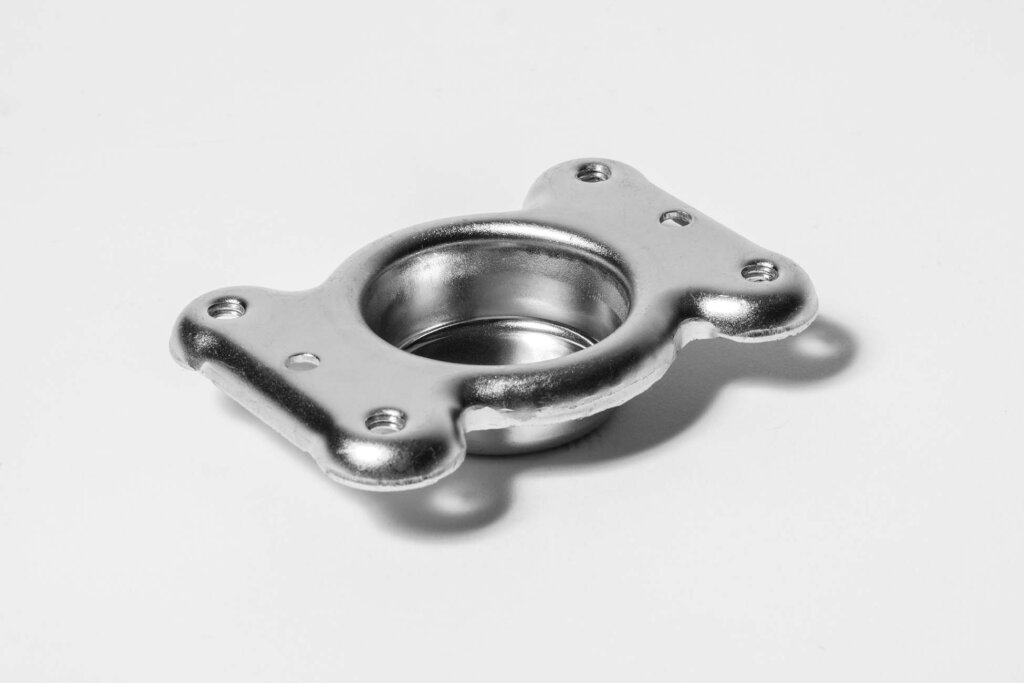Instrumentation plays a pivotal role across industries, offering critical insights, measurements, and control in diverse applications. From monitoring structural health to aiding scientific research, instrumentation encompasses a broad spectrum of tools and techniques essential for precise measurement and analysis.
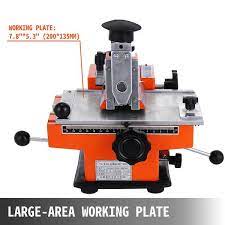
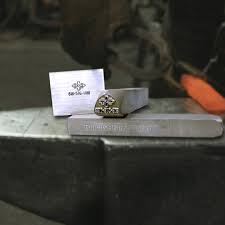
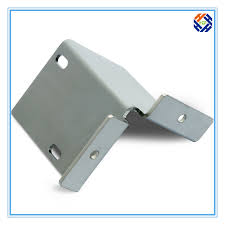
Understanding Instrumentation: Its Core Significance
Instrumentation refers to the utilization of devices, sensors, and systems to measure, monitor, and control various processes. Its significance lies in providing accurate data for decision-making, ensuring safety, optimizing performance, and facilitating research and development in numerous fields.
Key Applications of Instrumentation
The applications of instrumentation span multiple industries. In civil engineering, it aids in monitoring the structural integrity of buildings, bridges, and dams, ensuring safety and longevity. In the energy sector, it’s crucial to optimize power generation and distribution. Additionally, instrumentation finds use in healthcare for precise medical diagnostics, in environmental science for monitoring pollution levels, and in manufacturing for quality control and process optimization.
Instrumentation’s Integration with Geotextile Technology
Geotextiles, engineered fabrics used in civil engineering and environmental applications, benefit significantly from instrumentation. Instruments like strain gauges and displacement sensors help in measuring the stress, strain, and movement within geotextile structures, ensuring their stability and effectiveness in applications such as soil stabilization, erosion control, and drainage systems.

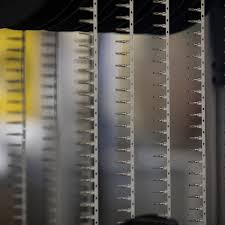
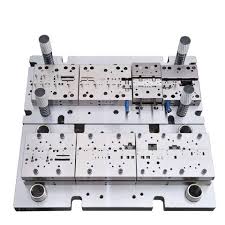
Cutting-Edge Developments in Instrumentation
Recent advancements in instrumentation include the integration of IoT (Internet of Things) technology, enabling remote monitoring and real-time data collection. Additionally, miniaturization and sensor fusion techniques have enhanced the precision and capabilities of instrumentation, allowing for more intricate measurements and analyses across various domains.
In conclusion, instrumentation stands as a cornerstone in modern-day industries, offering invaluable insights and control. Its seamless integration with geotextile technology exemplifies the collaborative nature of these fields, ensuring safer, more resilient infrastructure, and environmental solutions. As technology continues to evolve, instrumentation will undoubtedly play an increasingly vital role in shaping the future of numerous industries.
